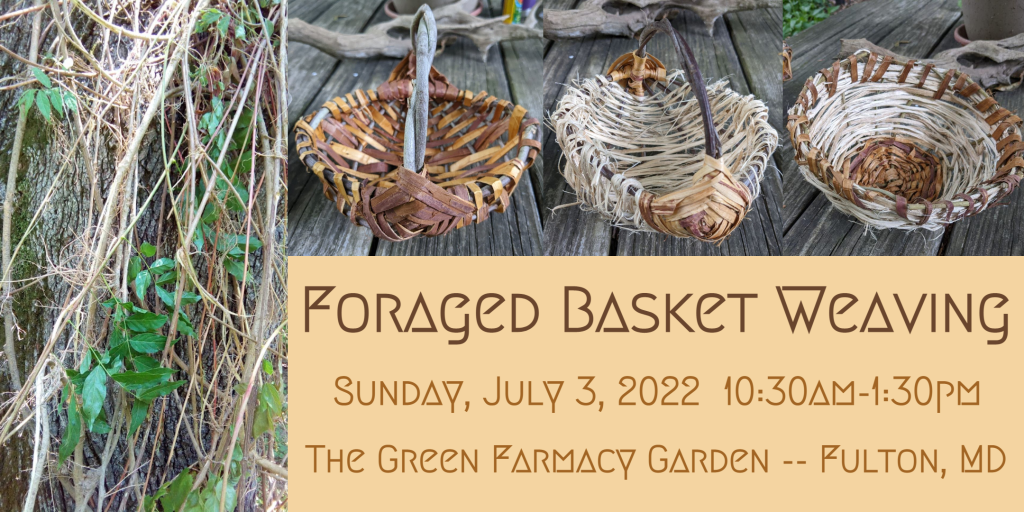UPDATE: THIS POSITION HAS BEEN FILLED – THANKS FOR YOUR INTEREST. Please visit Work With Us! or Volunteering for current opportunities to work in the Garden.
———————————————————————————————————————-
The Green Farmacy Garden is seeking a part-time gardener to join our team! Applications will be accepted here, through our managing organization, Maryland University of Integrative Health, until November 5.
Garden Position Announcement
Title: Gardener for Jim Duke’s Green Farmacy Garden
Schedule: Part-time (8h/wk this season, increasing to 20h/wk March 1, 2022), to begin immediately
Compensation: $18/hr
Location: Fulton, Maryland (between Baltimore & Washington DC)
Job Description
The Green Farmacy Garden is an educational medicinal plant garden comprising four terraces with eighty plots, representing Jim Duke’s book The Green Pharmacy. This is an excellent opportunity to work with medicinal plants from around the globe.
Seasonal garden maintenance requires seeding, planting, pruning, mulching, weeding, and raking. Other routine garden tasks include pond maintenance, irrigation maintenance, building trellises, moving tropical plants into and out of the greenhouse to place them in the plots, as well as some woodland trail maintenance. The gardener may also be invited to assist with educational tours and workshops or other aspects of operations, based on their experience, skillset, and motivation.
Learn more about the Garden and its founder, Dr. James A. Duke, at thegreenfarmacygarden.com
Essential Functions:
The candidate must:
– be able to load, move, and unload a wheelbarrow of mulch or compost,
– drive rebar and vertical supports into rocky clay garden soil,
– safely balance and exert force across distance from a 10′ ladder,
– wrest taproots from the ground with minimal soil disturbance using a hori hori or shovel, and
– be prepared to cope with the demands of working outdoors alongside rural insects and reptiles in a variety of weather situations.
Education and Experience Qualifications:
Required: None
Preferred:
- Knowledge in these and related fields:
- herbal medicine
- botany & plant identification
- native & invasive plant species
- composting
- permaculture
- Experience in these and related arenas:
- gardening
- horticulture
- ecology
- herbalism
- social justice
- mutual aid
Skills and Abilities:
Communication skills are very important here, as we strive to nurture a leaderful work team while maintaining open information-sharing sufficient to keep all staff apprised on task progress.
While not required for this position, qualifications in any of these additional skill sets could be valuable to our team from a candidate eager to contribute them:
- Ancestral or apprenticed knowledge and practice of any global indigenous herbal tradition
- Marketing, fund-raising, grant-writing
- Website maintenance, social media management, content generation
- Herbal medicine-making
- Clinical herbalism
- Non-profit experience
- Networking, inter-organizational collaboration
- Photography
- Event management






















































